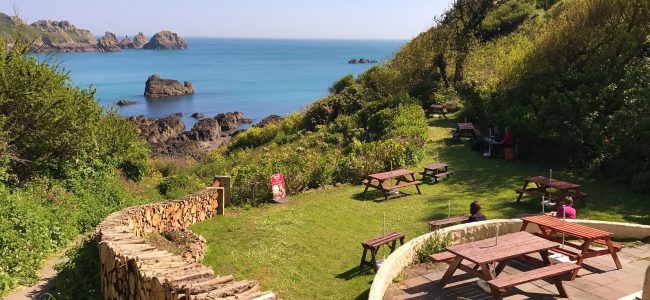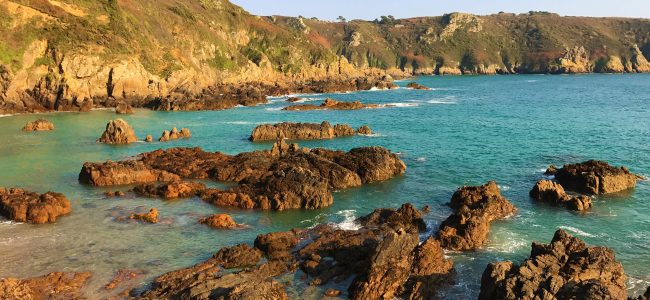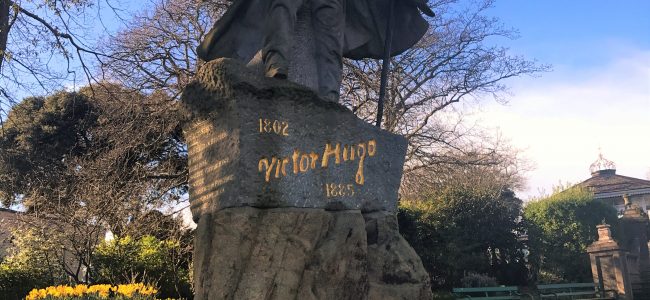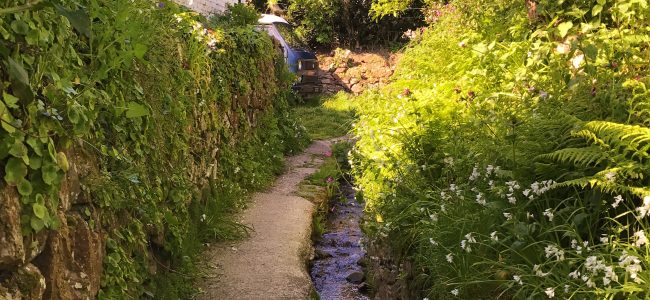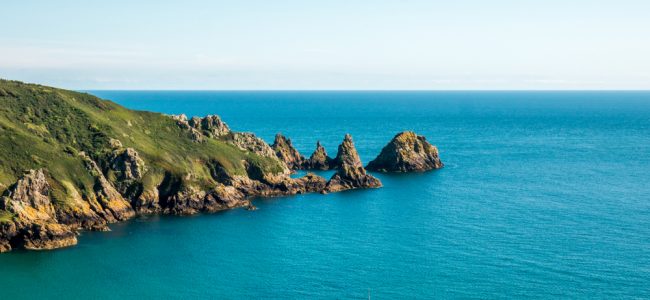When you think of cliff-side beaches or coves the obvious suspects jump to mind. Fermain, Petit Bot and Saints Bay are all stunning in their own right, however there is one bay that has captured the imagination of many of Guernsey’s most famous visitors over the years- Moulin Huet. This quaint little bay, located just down the road from the Bella Luce Hotel is well worth the trek up and down the steep slopes to reach it. As the word ‘Moulin’ would suggest, there was once a mill in the area and the owner Mr Huet has given the bay the second part of its name. Unlike many other south coast bays there is a fair amount of parking, making it a great and accessible place to visit.
Once you have made the trip down you are greeted with stunning views across the bay to Petit Port, the Pea Stacks and the meandering south coast cliff paths. There is a special sort of tranquillity here, with the bay being relatively quiet and peaceful all year round. The sheltered areas, stunning views and relaxing background sound of running water down to the sea from where the mill once stood makes you feel a though you are a million miles away from civilisation. A true sense of having stepped back in time prevails, reminiscent of the days where a quieter and gentler pace of life ruled, much like the Guernsey that Mr Huet would probably recognise.
Here we list our top 5 reasons to visit Moulin Huet (although there are many more) and the best bits to discover.
